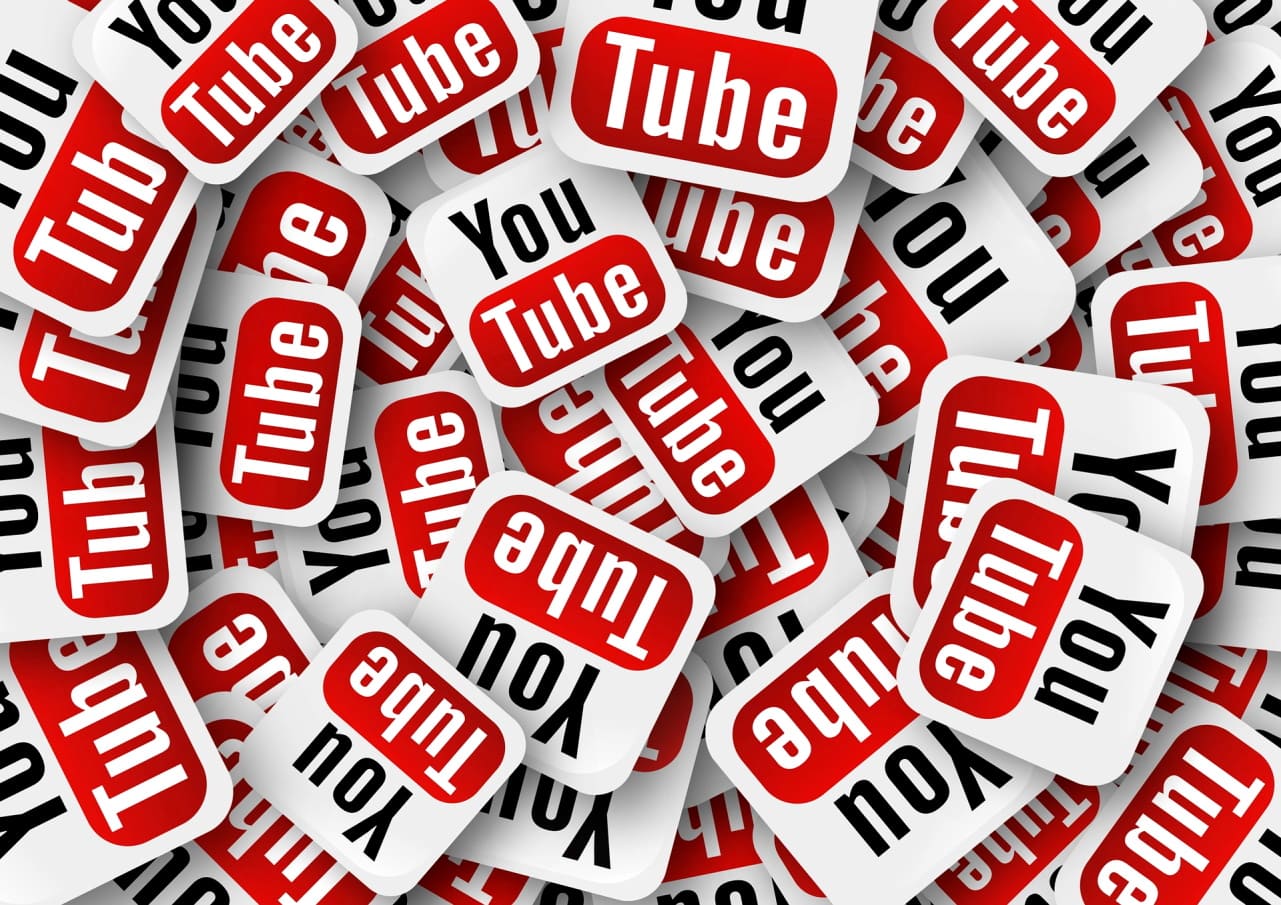How to Check Non-Functional YouTube Links and Discovering Effective Solutions to Preserve Your Website’s User Experience and SEO Ranking.
When I opened my blog, I had the bad habit of writing a short and uninteresting sentence, followed by a YouTube video that I considered worth watching by others. It was an uninspired thing, not because those videos were bad, but because after a while they no longer existed.
This happened because many times the users who uploaded them, in their rush for views and money, forgot a very important detail: that they don’t own them, and the rightful owners would file complaints. They would file complaints, the videos would be deleted, and the accounts banned, if they were not at their first offense, leaving you with a non-functional link (broken link) and a meaningless article, which makes the visitor leave and generate a bounce rate.
Many times it’s also difficult to figure out who uploaded the video first, and in other cases, it doesn’t even have to be a video necessarily taken from others on YouTube, but from other sources, with the owner not wanting it to be available on Google’s website. It’s possible that even those who steal from each other would file complaints so that their revenues wouldn’t be affected. I’m sure that happens. Why not?
There are also cases when the owner of the video decides to delete it for various reasons or no longer make it available to everyone. In other situations, even if the YouTube video is uploaded by the rightful owner, it is deleted because it violates the site’s rules.
Regardless of the reason why a video that you embedded on your blog gets deleted, when this happens, you’re left with a “dead” link that affects visitors and, consequently, yourself, your blog, because search engines don’t appreciate non-functional links (broken links), whether they are videos or any other kind of reference, so the situation needs to be remedied.
I used to write about the WordPress plugins I use on my blog around here, in the past. The list has changed since then, as it is natural, but what matters most is that they have remained few. Different ones, but few, so as not to unnecessarily burden the blog, because you know I like it to be optimized to the maximum, with the aim of loading quickly.
Among the WordPress plugins listed above, Broken Link Checker was one that I used quite often, both for non-functional YouTube links and other similar references. Unfortunately, it is no longer compatible with the current version of WordPress, or at least it doesn’t work for me anymore. It crashes, freezes the WordPress admin panel for a good few seconds, and in general, it moves extremely slowly. Not that it was very fast when it was doing its job, because you always had to wait a long time for it, regardless of the settings.
I don’t have many articles, and I don’t have many articles with YouTube videos, but I didn’t really want to manually check each one to see which links still work or not. So I started searching and found another plugin, named (surprisingly) Broken Link Checker for YouTube, because that’s exactly what I needed, as usually the issues with non-functional links occur there.
This Broken Link Checker for YouTube is not only compatible with the latest WordPress version, but it’s also incredibly fast. It takes only a few seconds, in the case of my blog, to check over a thousand articles with three hundred YouTube embeds.
It took just a few seconds, unlike its shorter-named sibling with more features, which doesn’t work well anymore, and it found several dozen “dead” links. I quickly revived them, the only problem being that I couldn’t find certain videos anymore, and those articles now fit as well as an acorn in the arms of the squirrel from Ice Age.
The moral would be:
- Since the mistake was made, use Broken Link Checker for YouTube to fix it.
- Don’t repeat it in the future, meaning that I will try to only embed videos here that belong to me, as I have been doing lately, or ones that have a low chance of disappearing over time.
And speaking of embedding videos that don’t belong to you: I’ve noticed among Americans, in the case of major news websites, they don’t even allow themselves to use them in this manner without the owner’s permission. In other words, more directly, they ask and pay the owner to create the news piece in a professional and legal manner (I believe).
Have you ever experienced broken YouTube links on your website or blog? How did you handle them, and what solutions or plugins did you find effective in managing broken links? Share your experiences and insights in the comments below!

